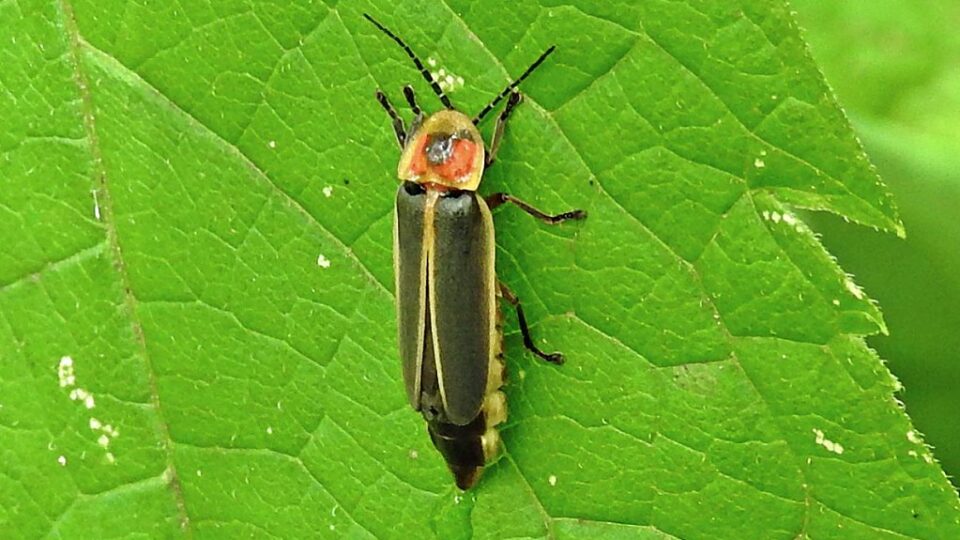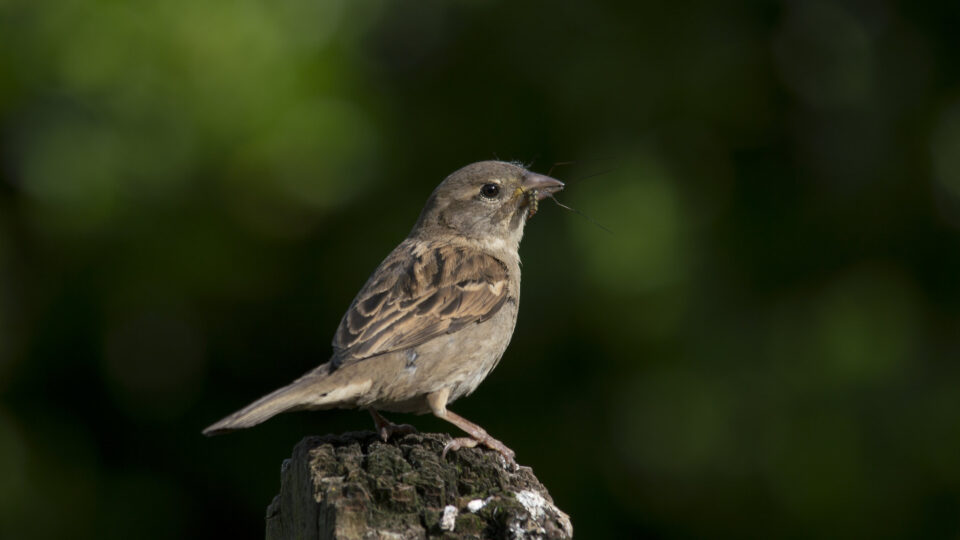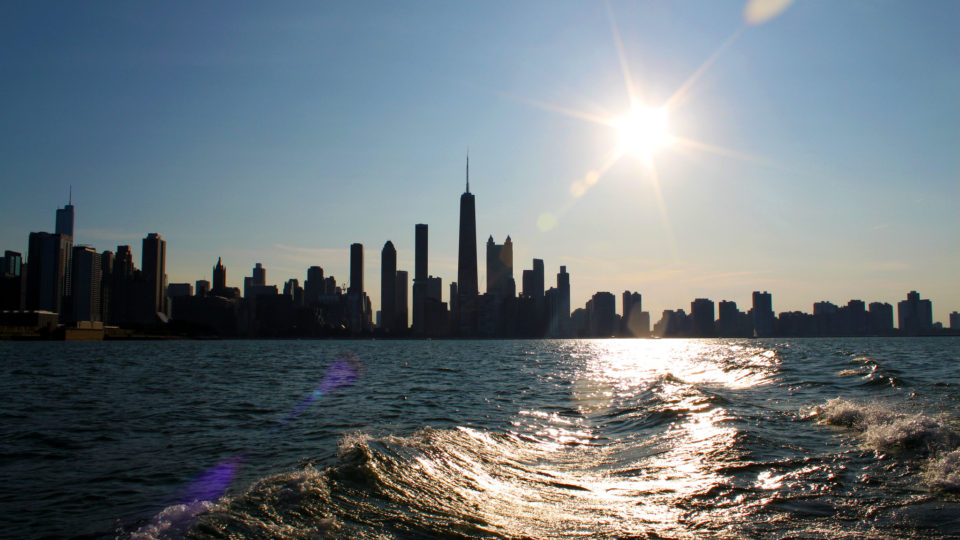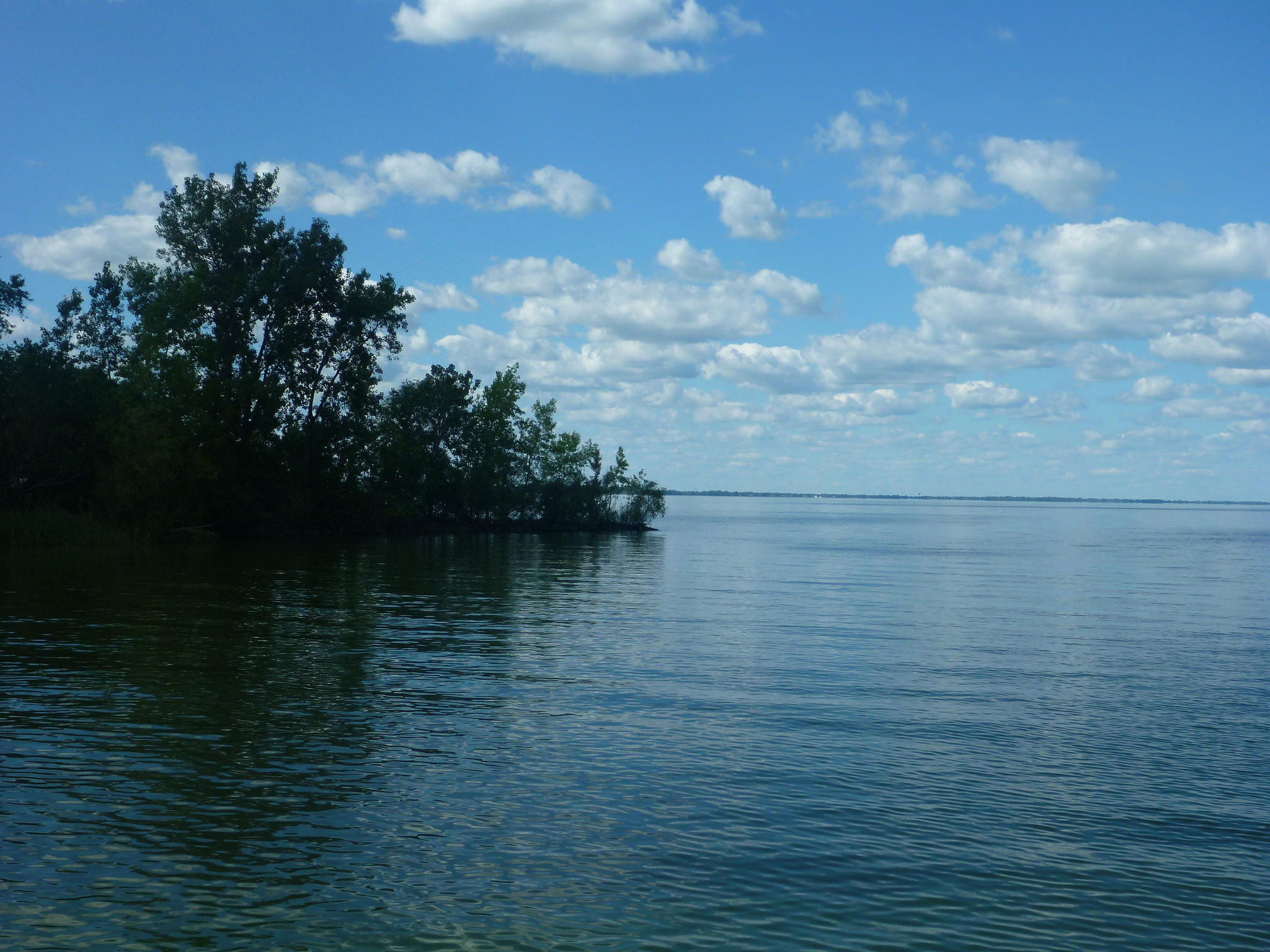If you are seeing fewer fireflies each year, you’re not alone. Like many insects, firefly populations are in decline. A new study by researchers from the University of Kentucky, Bucknell University, Penn State University, and the USDA has shed some light on the precarious situation facing firefly populations across North America.
The research team used a mix of field surveys from citizen scientists and advanced machine learning techniques to analyze more than 24,000 surveys from the Firefly Watch citizen science initiative. The study, which was recently published in the journal Science of the Total Environment, identified the factors likely responsible for the declines in firefly populations.
The research team found that fireflies are sensitive to various environmental factors, from short-term weather conditions to longer climatic trends. Fireflies thrive in temperate and tropical climates. As global temperatures rise, these conditions become less predictable and less hospitable.
Light pollution is another threat to fireflies. Artificial light at night – from things like street lights and billboards – is particularly disruptive to fireflies as it interferes with their bioluminescent communication essential for mating.
Urban growth, including buildings, roads, and sidewalks, poses another significant threat to fireflies by overtaking their natural habitats and decreasing available breeding areas.
Additionally, certain agricultural practices seem to contribute to the decline of fireflies.
According to the research team, reducing light pollution, preserving natural habitats, and implementing wildlife-friendly agricultural practices are conservation measures that could help mitigate the decline of fireflies.
**********
Web Links
Fading lights: Comprehensive study unveils multiple threats to North America’s firefly populations
Photo, posted July 12, 2021, courtesy of Bruce Hallman/USFWS via Flickr.
Earth Wise is a production of WAMC Northeast Public Radio



